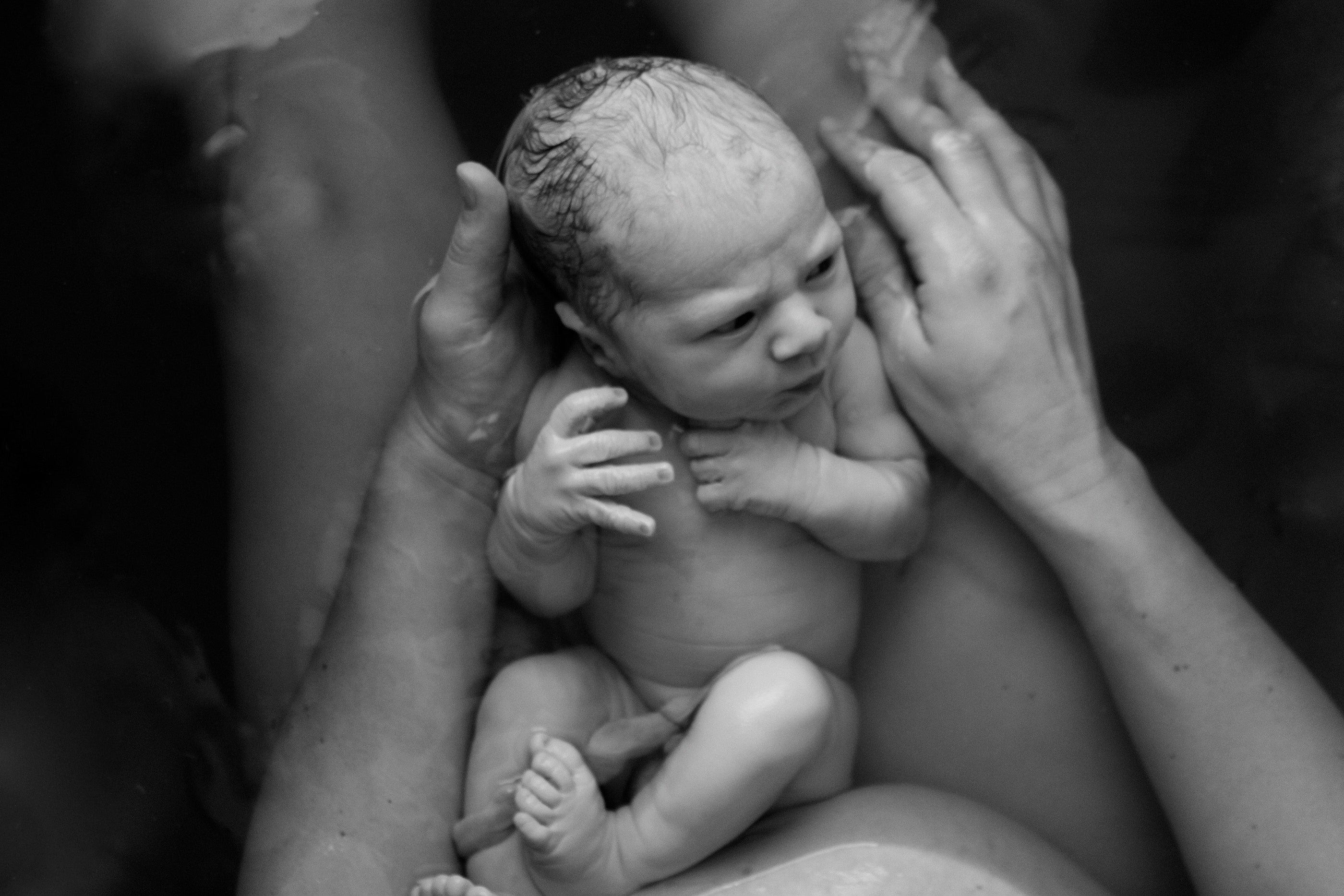Having four kids means it's never simple to move from one activity to another. When we leave the house, we have to find shoes, bring snacks, and strap into car seats. However, more than the physical toll of transitioning from one task to another, the mental cost is what breaks me.
One of my children is an orchid child, a child who can be thrown off course completely by small changes, so that adds another layer to trying to move everyone from one activity to the next. If I'm going to lose my cool, it will likely be when trying to herd four kids away from playing with blocks and into the car to run errands. Those are never my shining moments.
There are tips and tricks for making transitions easier, and many of them start with understanding how kids work. Giving in because a child throws a tantrum about not wanting to go somewhere simply teaches her that having a fit gets her what she wants, but fighting every time we need to leave the park to go home for dinner is exhausting. That's why looking deeper and changing how we approach transitions is essential for everyone's wellbeing.
Share the plan
All kids need routine, and highly sensitive children thrive best when they know what to expect. Plan the next day and have a family meeting before bed to talk about what's going to happen tomorrow. Every day is not going to be exactly the same, but try to keep some patterns in place, and alert kids early when the upcoming day is going to be out of the ordinary.
This is also a great way to give kids tools for how to handle change. Neuropsychologist Dr. Karen Spangenberg Postal says that we can teach our kids self-regulation by modeling it and showing them how to create cues for themselves. When we talk to them and help them prepare for a day of transitions, this gives them the skills to implement this practice themselves when we're not around. They may be better equipped to look at their day as a whole and then view it in parts, making sure to notice the transitions that are looming so they'll be better prepared.
Explain the why
When it's time to move from one activity to another, my sensitive child doesn't want to just be told to come on and shift gears. This child needs the why behind the change, especially if the activity being abandoned is a fun one.
Offering the why helps kids understand that parents aren't just trying to mess with their time. Telling a child it's time to put away toys and go to the grocery store can be followed with explaining that failing to go to the grocery store will lead to frustration when it's time for dinner. Though that's obvious to an adult, kids don't always think that far out and need to be reminded of why we have to stop doing things we want to do to perform necessary tasks.
Ask about the actual concern
Any child can experience fear or discomfort when making transitions, but Katherine Martinelli points out in her article for the Child Mind Institute that kids with emotional or developmental problems are especially put off by transitions. A child who struggles with sensory issues, autism, or anxiety may feel overwhelmed by change in a more extreme way than a child who doesn't.
For instance, my son hates it when I say it's time to pack up his toys and go buy groceries. I assumed for months that he just hated not having his toys or he didn't like to walk through the store. When I finally asked, he said the store was too cold and he was constantly uncomfortable, a particular issue for him because he is very sensitive to environmental triggers. We bring a sweater now and that transition is much easier.
The same thing happened when one of my children didn't want to go to swim lessons. My kids love the pool, so I was stumped as to why any of them would whine about time in the water. Turns out the fear was in making new friends, not getting in the pool. Once a new friend was made, my more introverted child was fine going to the lessons. I just needed to ask to find out what was going on and address the real problem.
Offer a countdown
Kids need to be warned when a transition is coming. Things fall apart quickly when we're rushed or when I say, "Okay, stop coloring and get in the car," without giving prior warning.
Starting with a 10 minute countdown is good, but giving warnings at the five and one minute marks is wise. Kids forget, and they don't always know how long 10 minutes is. Starting early gives them plenty of warning and allows them to wrap up what they're doing, while checking in after the initial warning means they aren't caught by surprise.
Offer loads of grace
Extending grace is easiest when we think of how our kids must feel. Parents should remember that kids often feel out of control of their lives since many decisions are made for them by others. I love reading, and if someone interrupts me in the middle of a book to move me to another activity, I'm not going to be pleased. Even if that other activity is eating ice cream or meeting up with friends, I still won't like that I was forced to stop doing what I wanted to make a transition when I wasn't ready.
Empathize with a child's plight instead of simply nagging him into motion. The whole transition will be more pleasant for everyone.



